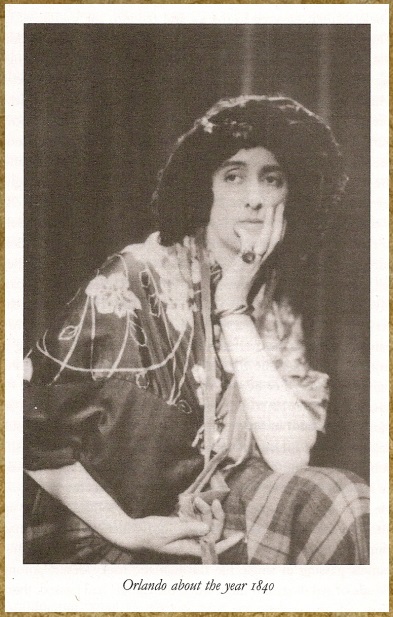This timeline will show the span of time in this novel's six chapters narrative Orlando's very long life, beginning in the Elizabethan Age. The span of time that Virginia Woolf assigns to her protagonist Orlando's life is fundamental to her commentary on gender and genre.

![Lenare, studio portrait of Vita Sackville-West in the manner of Sir Peter Lely, 1927] | Orlando virginia woolf, Vita sackville west, Virginia woolf](https://i.pinimg.com/originals/b5/b5/b9/b5b5b9f9af93c67d79c8198669e52702.jpg)





